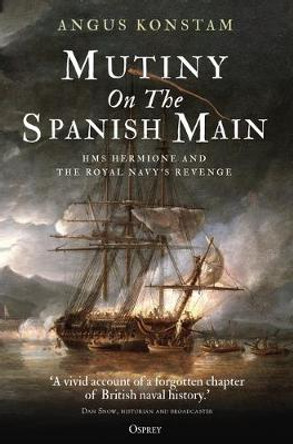A superbly illustrated new account of how Germany's High Seas Fleet was built, operated and fought, as it challenged the world's most powerful navy in World War I. Seven years before the outbreak of World War I, the Imperial German Navy rebranded its Home Fleet as the
Hochseeflotte, or High Seas Fleet. It was a force designed to take on the Royal Navy, then the world's most powerful, and for the next four years the North Sea would be their battleground. Drawing on extensive research, Angus Konstam offers the reader a concise, fully illustrated account of how the entire High Seas Fleet was designed and built, how it operated, and how it fought. The fleet was a modern, balanced force of dreadnought battleships, battlecruisers, cruisers and torpedo boats, using Zeppelins and U-boats for reconnaissance. The ultimate test between them came in May 1916, when they clashed at Jutland. Packed with spectacular original artwork, maps, 3D diagrams and archive photos, it explains how and why the fleet was built, its role, and how and why it fought as it did. From fighting doctrine and crew training to intelligence, logistics, and gunnery, this book is an essential guide to the Kaiser's audacious bid for naval glory.
A superbly illustrated new account of how Germany's High Seas Fleet was built, operated and fought, as it challenged the world's most powerful navy in World War I.About the AuthorAngus Konstam has written widely on naval history, but he has long been fascinated by the dreadnought clashes of World War I, and has recently researched and written the acclaimed
Jutland 1916: Twelve Hours to Win the War. Now a full-time historian, he was previously a naval officer and a curator in the Royal Armouries, and he is a Fellow of the Royal Historical Society. He lives in Orkney, overlooking Scapa Flow, the graveyard of the High Seas Fleet.
Book InformationISBN 9781472856470
Author Angus KonstamFormat Paperback
Page Count 80
Imprint Osprey PublishingPublisher Bloomsbury Publishing PLC









